Выдающиеся учёные ИПМаш РАН
This chapter is dedicated to the distinguished scientists who worked in the Institute for Problems in Mechanical Engineering of the Russian Academy of Science.
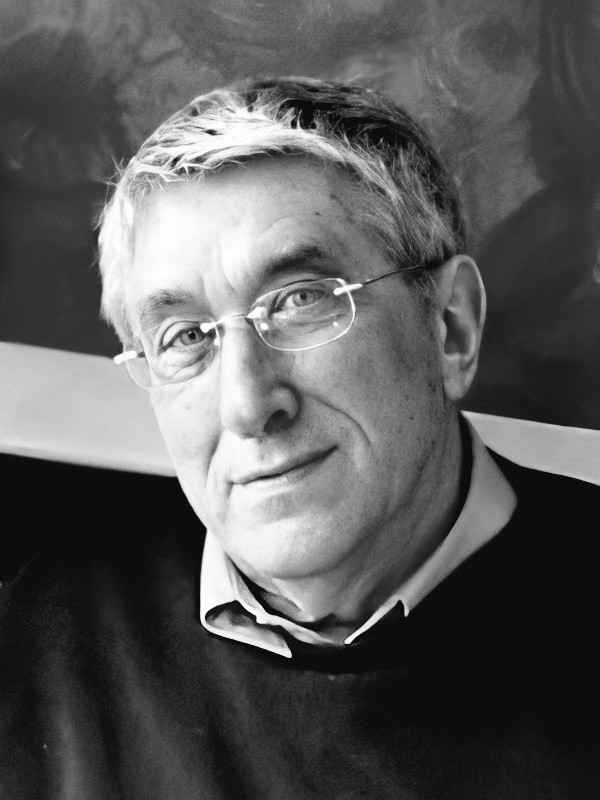
Ilya Izrailevich Blekhman (1928-2021) was the founder of the scientific school in the area of vibration processes and machines. In his works Ilya Izrailevich Blekhman created and developed a number of new scientific trends in the area of the theory of non-linear oscillations, applied mechanics, the theory of vibration processes and machines. He was a creator of the theory of vibration processes and their usage for transportation, separation, enrichment and transformation of various mediums. His theory was applied successfully to designing of new machines for rock engineering, metallurgical and chemical industries.
Ilia Izrailevich was the founder of the scientific school of vibration mechanics, he prepared more than 50 Doctors and Candidates of Science, delivered lectures both in universities and institutes of Saint Petersburg and in technical universities in Britain, Germany, Holland, Dane, Italy, Poland and USA.
Ilya Izrailevich began his scientific and engineering activity in the All-Union Scientific Research and Design Institute of ore benefication (Mechanobr) while a student in 1949.
In 1951 he graduated from physico-mechanical faculty of Leningrad Polytechnic Institute.
In 1955 he defended a dissertation in support of a science-degree of Cand. Sc. Physics and Mathematics on the subject of Non-linear Problems in Dynamics of Vibration Machines.
In 1963 Ilya Izrailevich defended a dissertation in support of a science-degree of Doctor of Physics and Mathematics on the subject of Synchronization of Dynamic Systems.
Since 1965 he was a member of the USSR National Committee on theoretical and applied mechanics.
In 1969 Ilya Izrailevich Blekhman was awarded the academic title of Professor.
Since 1996 to 2021 he was working as a Head of conjoint laboratory of NPK Mechanobr-Technika and of Institute for Problems in Mechanical Engineering of RAS.
The input of Ilya Izrailevich into science was recognized by the award of RF Government in the area of science and technique in 1998, the award of Alexander von Humboldt in 1999, the Al-Khorezmi award of Republic of Iran in 2000, the medal named after P.L. Kapitsa of RANS in 2002, the medal named after Albert Schweitzer in 2005.
In 2001 he was awarded the title of Honourable Machine Builder of RF and in 2003 – the title of Honoured Science Worker of RF. Ilya Izrailevich was an active member of Russian, International and Saint Petersburg Engineering Academies. He was the author of more than 430 publications and 11 monographs, among them were: Vibrational Displacement published in 1964 in co-authorship with G.Y. Dzhanelidze; Synchronization of Dynamic Systems published in 1971; Applied Mathematics: Subject, Logic, Specifics of Approaches in co-authorship with A.D. Myshkis and Ya.G. Panovko (1976, 2005; German edition in 1983); Synchronization in Nature and Technique (1981, published in English in 1988), Vibrational Mechanics (1994, published in English in 2000).
Ilya Izrailevich ended his life journey in 2021. But his works are recognized justly to be classical among several generations оf mechanical scientists and engineers in the field of vibration technique.
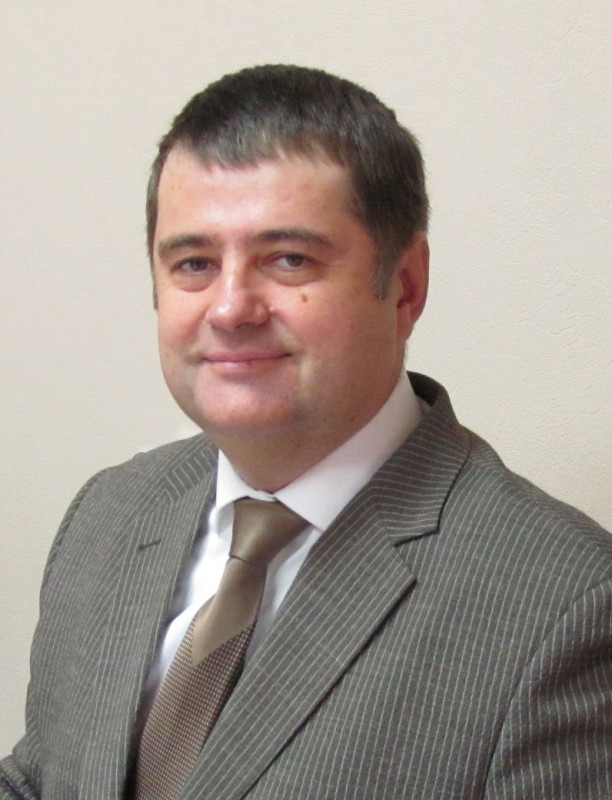
Ilya Anatolievich Ovid’ko (1961-2017) was one of the leading scientists in physics and mechanics of nanostructured materials, one of the authors of the physical theory of plasticity of nanomaterials. His research studies covered the theory of structure, phase transfer, mechanical and functional properties of nanocrystalline and ultrafine-grained materials, nanocomposites, nanostructured films and coatings, nanowires, grapheme and carbon nanotubes. He was the leader and the realizer of many world-class researches.
Ilya Anatolievich was the Head of laboratory for nanomaterial mechanics and theory of defects of the Institute for Problems in Mechanical Engineering of RAS, the Chief Science Officer of the Elasticity Theory Department of Saint Petersburg State University (SPbGU), the Professor of the Department for Mechanics and Control Processes of Saint Petersburg Polytechnic University. Four of his disciples defended successfully the Candidate’s dissertations and three of them defended the Doctoral dissertations also. The important contribution of Ilya Anatolievich was involvement of students and postgraduates into research work in his laboratory.
In 1984 году Ilya Anatolievich graduated from the Department of Metal Physics at the Faculty of Physics and Mechanics of Leningrad Polytechnic Institute named after M.I. Kalinin. In 1987 he got his Candidate degree (CSc)on solid state physics. The same year he was invited to work in the Institute for Problems in Mechanical Engineering of RAS, where he worked all his life. In 1993 Ilya Anatolievich defended the Doctoral dissertation on two science disciplines at once: mechanics of deformed solids and solid state physics. In 1991 he organized and took the lead of the creative youth team on the theory of defects in materials, which was transformed in 1995 into the laboratory of the theory of defects in materials. Ilya Anatolievich was the Head of this laboratory for more than 20 years, to the end of his life.
Over his life Ilya Anatolievich wrote more than 300 scientific articles, 10 monographs, more than 20 invited chapters in monographs. A specific place in his scientific heritage is occupied by two international academic journals founded by him, namely: Reviews on Advanced Materials Science and Materials Physics and Mechanics, for which he was the editor-in-chief. Under his leadership, these journals, which were built from the ground up, were widely appreciated by the international scientific community. Also, Ilya Anatolievich was the organizer, the Chairman and the Co-chairman of 12 international scientific conferences and one of the most cited mechanical scientists in Russian Federation.
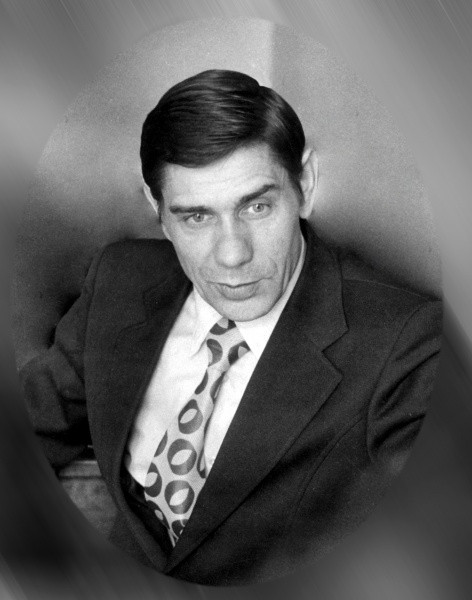
Pavel Andreevich Zhilin(1942 – 2005) was a specialist in mechanics of continuum with encyclopedic knowledge and wide range of research trends. He made a big contribution to various fields of science: theory of plates and shells, nonlinear theory of rods, theory of elasticity, mechanics of non-linear continuum, theory of ribbed shells, theory of oscillations and shell stability, theory of plates, theory of rods, tensor calculus, rigid body dynamics, mechanics of structural-complicated mediums, including Cosserat medium theory, general issues of mechanics and electrodynamics, theory of electromagnetic continuous mediums.
P.A. Zhilin is the author of more than 200 academic papers and monographs Vectors and tensors of rank two in three-dimensional space (2001), Theoretical Mechanics: Fundamental Laws in Mechanics(2003). Pavel Andreevich gained three Certificates of Invention in the area of vibroinsulation and hydroacoustics, he was awarded with the Inventor of the USSR insignia.
Pavel Andreevich founded his own scientific school. He was a scientific supervisor and advisor for sixteen Candidate’s and six Doctoral dissertations. The disciples of Pavel Andreevich cherish the appreciative memory of him for years. Pavel Andreevich was not only a prominent scientist but a large-hearted, kind and wise man of scrupulous honesty. He spared neither time nor effort for disciples and colleagues and was always ready to support them, shared the ideas with open hands.
Pavel Andreevich was the Head of the Department of Theoretical Mechanics of Peter the Great State Polytechnic University (at that time is was Leningrad Polytechnic Institute, and then Leningrad State Technical University), the Head of Dynamics of Mechanical Systems laboratory at the Institute for Problems in Mechanical Engineering of RAS (IPMash RAS), the Member of Russian National Committee on theoretical and applied mechanics, the Member of International Society of applied mathematics and mechanics (GAMM), the presidium member of Scientific Methodological Council on applied mechanics of the RF Ministry of High Education and Science, the active member of Saint Petersburg Academy of Science on strength problems.
Life journey of Pavel Andreevich was always associated with science. In 1959 he entered Leningrad Polytechnic Institute where he studied till 1965 in the Department of Mechanics and Control Processes at the Faculty of Physics and Mechanics. Since 1965 to 1967 he worked as an engineer in Water Turbine Strength Department in the Central Boiler Turbine Institute in Leningrad. Later on in 1967 he accepted a position of an assistant at the Department of Mechanics and Control Processes, then of a senior researcher, an associate professor, and a full professor. Pavel Andreevich, when working at the Department, became the closest disciple of Anatoliy Isaakovich Lurie, Doctor of Science, Professor, USSR Academy of Science corresponding member and the founder of the Department. Anatoliy Isaakovich produced a great influence on Pavel Andreevich. In 1968 Pavel Andreevich got his Candidate degree in Physics and Mathematics, the topic of his dissertation was Theory of Ribbed Shells.
In 1974-1975 Pavel Andreevich worked as a visiting researcher at the University of Technology of Denmark.
In 1984 he got his Doctor degree in Physics and Mathematics on the topic The Theory of Simple Shells and its Applications.
In 1988 Pavel Andreevich was invited to the Yarmouk University (Jordan) to present a course on continuum mechanics at the Faculty of Physics.
In 1989 Pavel Andreevich Zhilin became a professor and a Head of the Department of Theoretical Mechanics. Since 1993 he was a member of the Scientific Committee of the Annual International Summer School-Conference Advanced Problems in Mechanics held by the Institute for Problems in Mechanical Engineering RAS (IPMash RAS). Since 1994 Pavel Andreevich was the Head of Dynamics of Mechanical Systems laboratory at the Institute for Problems in Mechanical Engineering of RAS.
While working as a teaching officer, Pavel Andreevich held a course in analytical mechanics, theory of oscillations, theory of elasticity, theory of shells, tensor analysis, mechanics of continuum. Later P.A.Zhilin delivered lectures on tensor algebra, rational mechanics, and the rod theory. His teaching aids such as: The Basis of Rational Mechanics; Rigid Body Dynamics, Teaching of Rational Mechanics in Technical Universities and High Schools, Rational Mechanics of Continuum and others are greatly demanded in the system of high technical education and are still republished. The terms introduced by him were included into the engineering dictionary of XX-th century, and his works and ideas got into the history of mechanics (Continuum Mechanics Through the Twentieth Century, A concise historical perspective, by G.A. Maugin, https://www.springer.com/gp/book/9789400763524). He left a mark in science forever.
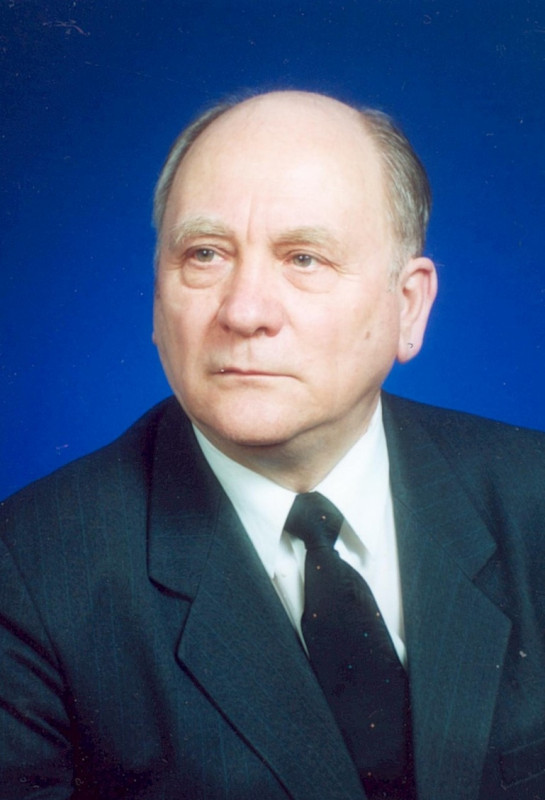
Yevgeny Dmitrievich Solozhentsev (1939 - 2021 ) was born on March 5, 1939, in Uzlovaya town of Tula region. In 1960 he graduated from Kharkov Polytechnic Institute, in 1967 defended the Candidate’s dissertation in the Central Research Diesel Engine Institute (Leningrad). In 1983 - the Doctoral dissertation in the Institute of Cybernetics of UAS (Kiev) and became the Doctor of Engineering. In 1994 he was titled as Professor. In 1999 he was recognized to be the RF Honored Worker of Science.
Since 1967 to 1985 Yevgeny Dmitrievich worked as the Head of Department of Automated Systems CAD/CAM/CAT in Industry (Gorkiy and Sumy cities).
In 1986 he started to work in IPMash RAS, where he held a position of the Head of the laboratory for Integrated Systems of Computer-aided Design. Here he carried out scientific studies in the field of simulation, analysis, forecasting and control of risks at the stages of designing, testing and operation of organizational, economical and technical system.
Ye.D. Solozhentsev founded the scientific bases of construction of the automated debugging test systems for complicated objects, information intelligent technologies in economics and technique for risk control. He developed the logic and probabilistic failure risk theory with groups of incompatible events for the problems of simulation, classification effectiveness and forecasting in economics. He founded new scientific trends: Technologies of risk simulation in structural complicated systems, Control of social and economic safety, Event-driven management of quality of economics, the state and human life.
Since 2001 to 2011 and since 2016 to 2020 Yevgeny Dmitrievich Solozhentsev was the Chairman of the National Organizing Committee of the International Scientific Schools Modeling and Analysis of Safety and Risk in Complex Systems (MASR) held in Saint Petersburg.
For many years Ye.D. Solozhentsev was the member of academic councils of research institutes and educational institutions, was included into editorial teams of Russian and foreign scientific periodicals, worked in several expert commissions, was the active Professor of the Department of Information Technologies in Economics of Saint Petersburg Sate University of Aerospace Instrumentation.
With his lead, prepared and defended were 9 Candidate’s dissertations, 4-5 graduation works every year. Ye.D. Solozhentsev is the author of more than 200 scientific papers, including 13 monographs, published in Russia and abroad.
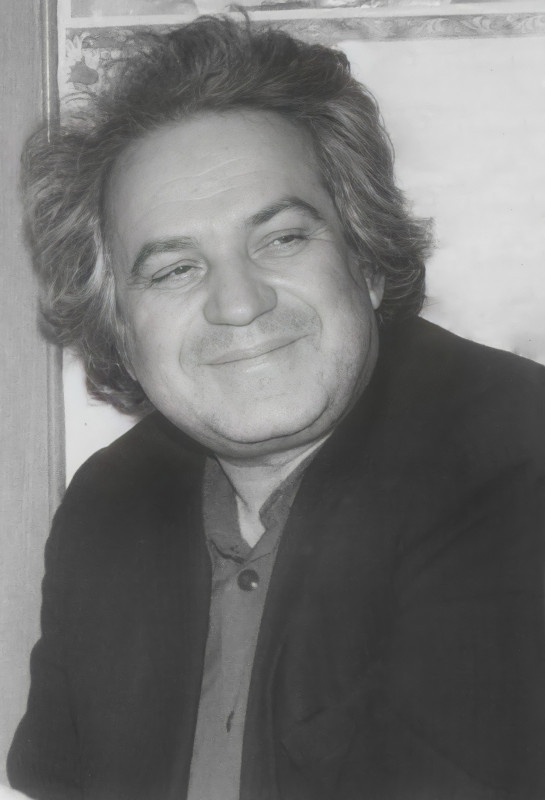
Boris Moiseyevich Ginzburg (1937-2015) is the RF Honoured Science Worker, Doctor in Physics and Mathematics, Professor, had been working in the Institute for Problems in Mechanical Engineering of RAS since 1986 to 2015, since 1998 was the Head of the laboratory of Physical Chemistry of Materials. Over the whole time of his scientific activity B.M. Ginzburg published 323 academic papers, 223 of them were published while working in IPMash RAS, more than ten patents were obtained.
The academic career of B.M. Ginzburg started in 1960 after graduation from Leningrad Polytechnic Institute named after M.I. Kalinin. Since 1963 to 1986 his life was connected with the Institute of High Molecular Compounds of RAS, where he finished postgraduate studies and defended first Candidate’s (1967) and then Doctoral (1980) dissertations. After years in the Institute of High Molecular Compounds of RAS, B.M. Ginzburg became a renowned expert in physics and mechanics of polymers.
Among his pioneer studies, the first observation and investigation should be noted concerning crystalline solvates on the base of synthetic polymers (polybenzimidazoles) and development of new principles of thermomechanical studies of highly-oriented polymers (using the example of collagen fibres – together with L.V. Kukhareva).
Later, B.M. Ginzburg and his disciples developed new scientific ideas about deformation of amorphous-crystalline polymers, according to which the essential (and often decisive) contribution into deformation of the samples at micro level is made by shear deformation of crystallites. B.M. Ginzburg introduced a concept of critical shear angle of crystallites. Together with F. Gyde (USA) he gave the most complete structural interpretation of tensile deformation curves for amorphous-crystalline polymers. B.M. Ginzburg together with Ye.T. Magdalev contributed weightly into investigations on elasticity of crystal lattices of polymers, polyimides especially. He suggested a unique physical method for determination of force constants of complex polyhydric groups.
B.M. Ginzburg gave much attention to development of methods of small-angle and wide-angle X-ray dissipation and their usage for study of the structure of polymer systems under load. Together with the group of Tadjik scientists he suggested a simple X-ray method to determine the easiest slip planes in polymer crystallites. Together with Yu.V. Brestkin, D. Rashidov and I. Moneva (Bulgaria) some new approaches were developed concerning study of supermolecular polymer structure at the optically-scaled level, studied was the nature of the central “spot” on diffraction patterns of linearly polarized light for spherulitic systems. In creative group with B.A. Asherov a concept of “ideal supermolecular paracrystal” was introduced, the special cases of which are all the best known models of supermolecular structure of oriented amorphous-crystalline polymers. B.M. Ginzburg, together with A.A. Shepelevskiy, was the first who gave reasons and plotted a phase diagram for the system of rigid-chain polymer/solvent (as exampled by synthetic polypeptide) in the whole area of polymer concentration.
At first the main field of B.M. Ginzburg’s work in IPMash RAS was tribology of fullerene-containing materials (FCM). But later, in cooperation with Institute of High Molecular Compounds of RAS and Physico-Technical Institute of RAS, Artificial Rubber Institute of RAS and Tadjik State University, he organized and carried out several cycles of work on mechanics of non-ideal and multiphase mediums. In particular, studied were the structure, mechanical and tribological properties of solid polymer systems (rubber resins, amorphous and crystal polymers) with nanoscale components, for which the fullerenes were used, as well as multiwalled nanotubes и nanodiamonds. As a result, proven was essential improvement of tribological properties of such systems, and suggested was, on molecular level, the mechanism of behavior of nanoscale core materials. The same years, the studies were carried out on kinetics of thermo and mechanical desorbing processes in polymer composites, studied was the structure and tribological properties of liquid systems, including lubricating liquids with nanoscale additives.
With open hands B.M. Ginzburg shared his experience and knowledge with young scientists. With his lead defended were 12 Candidate’s and 2 Doctoral dissertations. Many times he made the reports at International Symposiums and Conferences in universities and scientific institutes of Europe. B.M. Ginzburg was a member of Interdepartmental Council on Tribology, a member of Dissertation Councils of the Institute for Problems in Mechanical Engineering of RAS and of the Institute of High Molecular Compounds of RAS.
In scientific community B.M. Ginzburg was known as high-professional man, man of principle, brilliant speaker and facetious companion.

